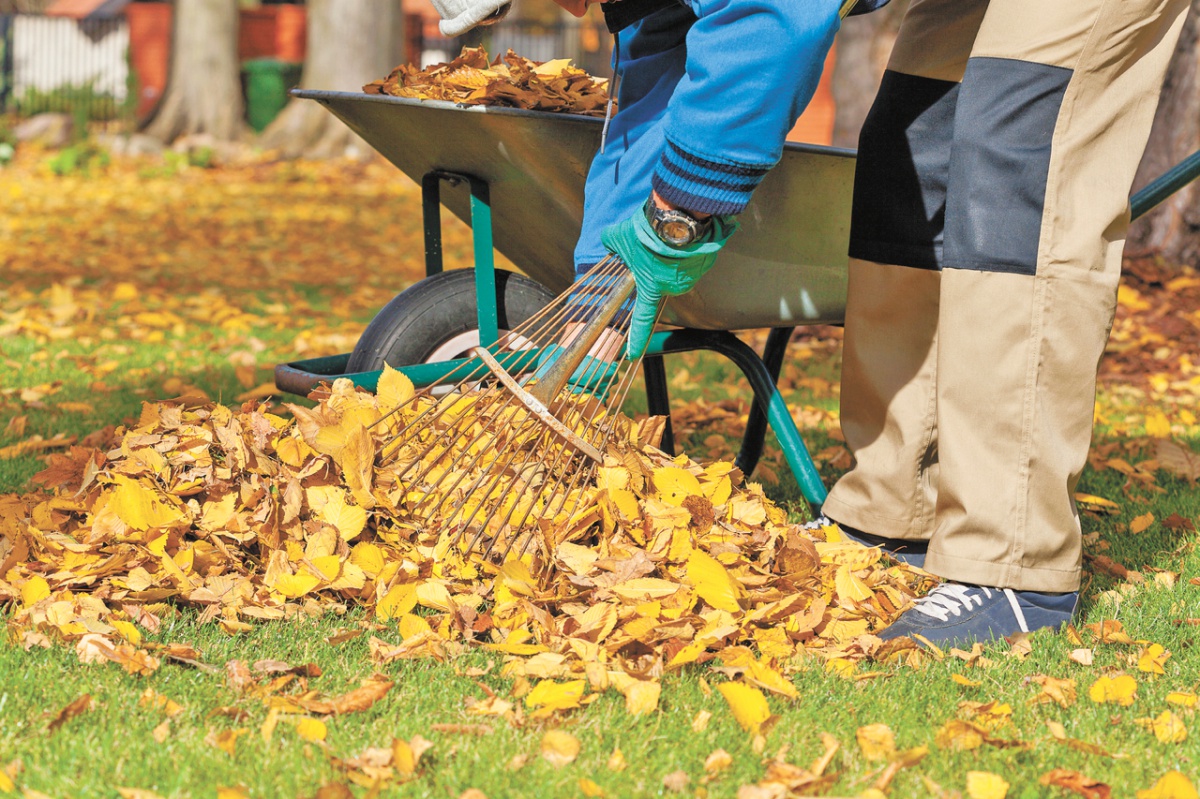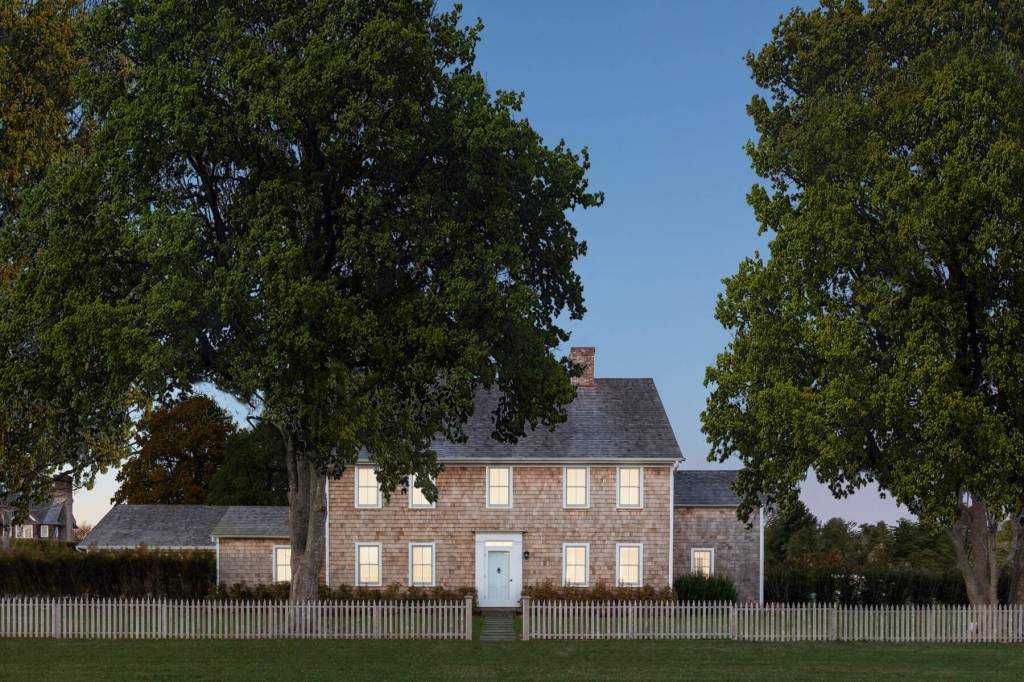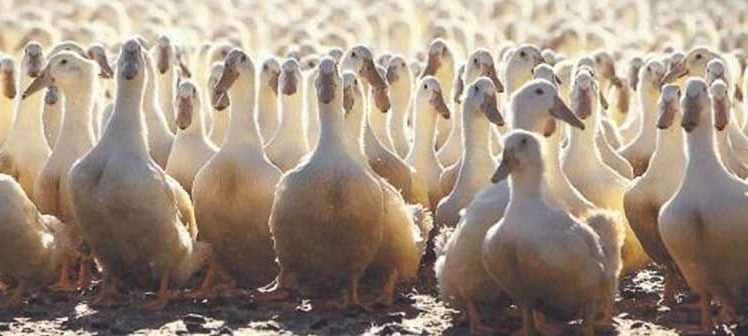View from the Garden: Why Not Try Leaving the Leaves?

My sister said this morning that she has about four feet of leaves on her yard. I’m sure it seems like four feet.
I suggested that she remove them with her bag-equipped lawn mower. The shredded leaves can then be put into the shrub, flower and vegetable beds. The worms will like them and act as a weed barrier. I told her to leave them in place in the spring, take a pH test of the soil and apply the appropriate amount of lime. Planting in the vegetable garden can be done right through the leaves and they will continue to act as a soil feeder and mulch. In my opinion, there’s no better mulch unless green grass clippings comprise about one third the volume of the mass. Shredded leaves can also be kept to be added to the compost pile during the winter.
I raked my leaves yesterday and put them—unshredded—into my beds and on the paths between the beds. I put down about eight inches of leaves. They become about two inches in the spring. Of course, today the leaves remaining on the trees are falling like snow!
I also let my gas powered machines run out of gas this week before putting them into the shed. I put my tools away and had the carwash clean the truck. The job was just too overwhelming for one person (me)!
I put my non winter-proof pots on skids and covered them with tarps. I set the winter-proof ones that remain in the garden on feet. I covered the fountain with clear plastic.
I’m ready for winter!
However, I would like to have a root cellar to store food for winter. My aunts in Nebraska all had root cellars. They were caves in the ground and their roofs made big bumps in the yard. They were wondrous places with shelves of canned vegetables, fruits and jams and jellies. Carrots and various squashes were stored on shelves. There were wooden boxes of white potatoes, sweet potatoes, onions, and apples. The cellars were cool in summer and above freezing in winter. To be sent down there in winter was a treat for the young cousins from town. They were also used as retreats when tornadoes were threatening.
When I lived in a loft in the city, I made a winter storage place. I put an insulated cupboard-type box next to the door and drilled small holes in the door. It worked very well for the vegetables I had bought at the Union Square Farmers Market. I even stored Brussels sprouts in there!
I also canned tomato sauce and made jams and jellies using produce from the farmers market. And, unlike the aunts from my childhood, I had a deep freeze. I packed it with produce from the farmers market. I made a curious sight on Saturday on my bicycle with its three baskets and the basket on my back, but we had great local produce… as local as possible in New York City.
Here, in the land of many farm stands and much locally grown produce, keeping some food for the winter is an easier task than it was for my aunts or for me in the city. Canning and jam making are becoming more common. Freezing food is very easy and with a deep freeze, one can load up. There are amazing varieties of squashes that can be stored in a dark place in a cool garage. Locally grown potatoes (the best in the US!), carrots, beets and any other root vegetables can be stored in this way.
My aunts checked the vegetables in the root cellars periodically to make sure nothing was rotting. You need to do this with the produce in the garage. too.
My garage stash also includes the bulbs and tubers I’m storing for the winter… tuber roses, cannas, gladiolas and dahlias.
I see the chipmunks scurrying around with their cheeks bulging and squirrels running madly with acorn in their mouths. The winter bird varieties are at the feeders. I have cleaned all the clients’ gardens and am ready to tuck into the studio!
Jeanelle Myers is a professional gardener, landscaper and consultant. For gardening discussion you can call her at 631-434-5067.



